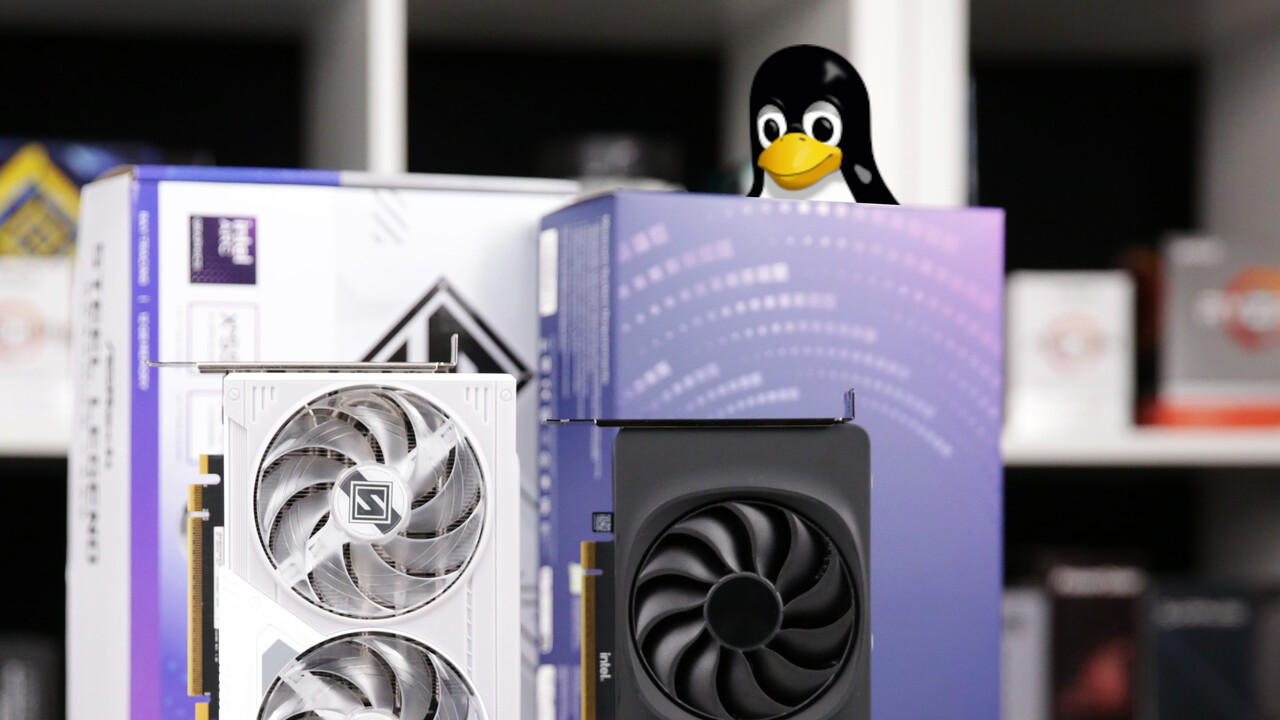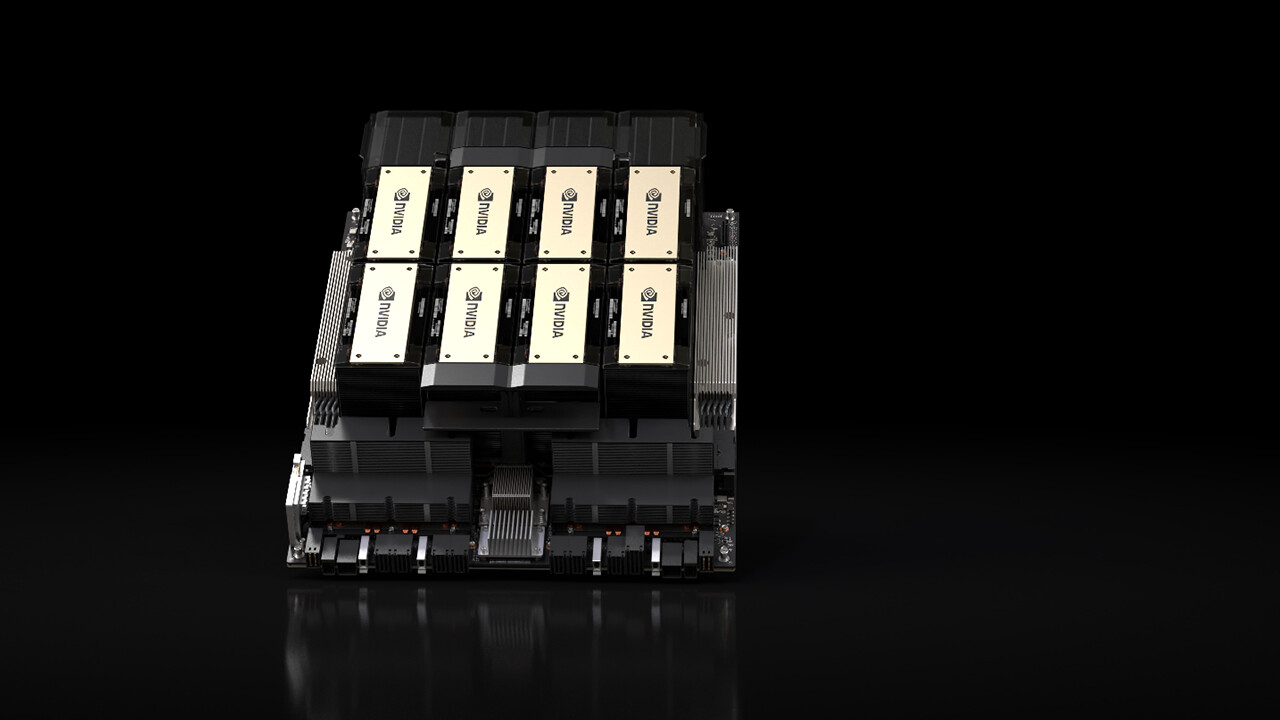ROG XG Station 3 with TB5: ASUS manufactures desktop graphics cards via a PSU base for EGPUS 99 reviews
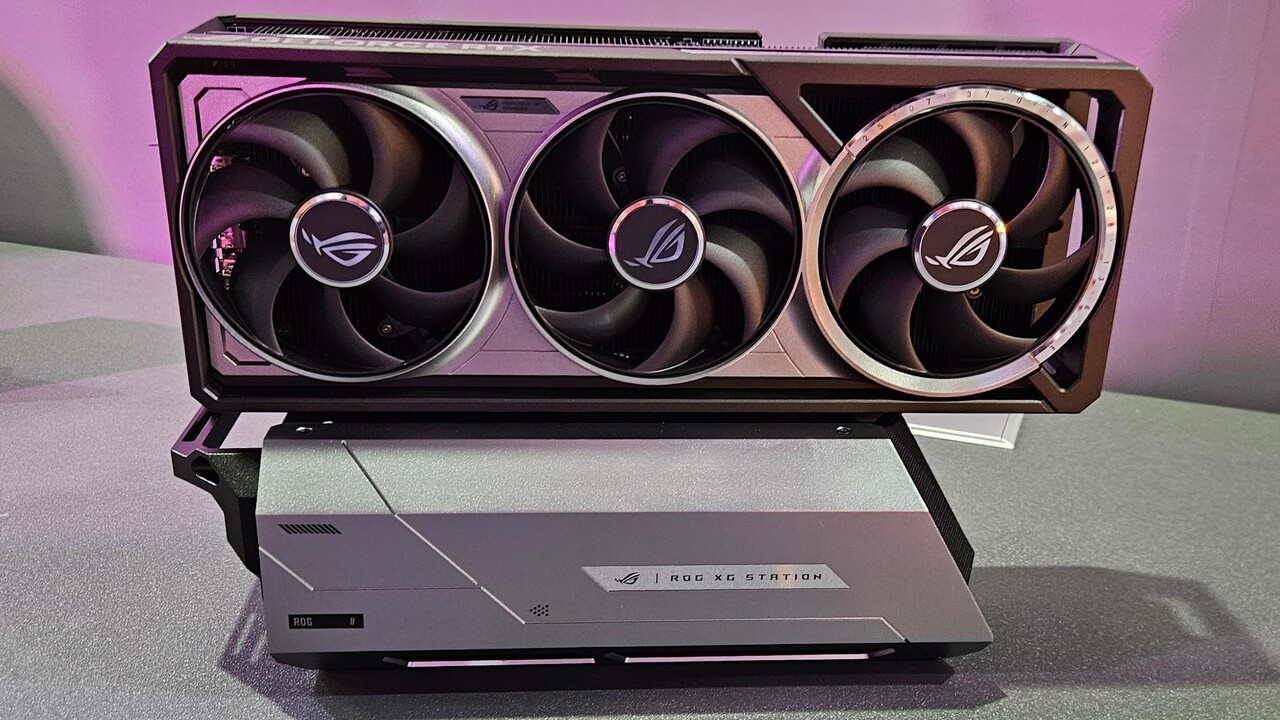
In 2008, Asus’s first EGPU solution for desktop graphics cards, the ROG XG Station series, hit the market. Like version 2, it packaged the desktop graphics cards in a housing. The ROG XG Station 3 now does everything differently: the graphics card is placed on a base with a power supply. The connection: Thunderbolt 5 instead of the old 3.
ASUS ROG XG Station vs. XG Mobile Station
The ROG XG Station should not be confused with the XG Mobile Station line, which Asus had already re-released for CES 2025. It features partner mobile graphics chips; currently, in the absence of an AMD alternative, only NVIDIA RTX 50 GPUs. At the time, the switch to Thunderbolt 5 was new, something Asus is also bridging with the “desktop model.”
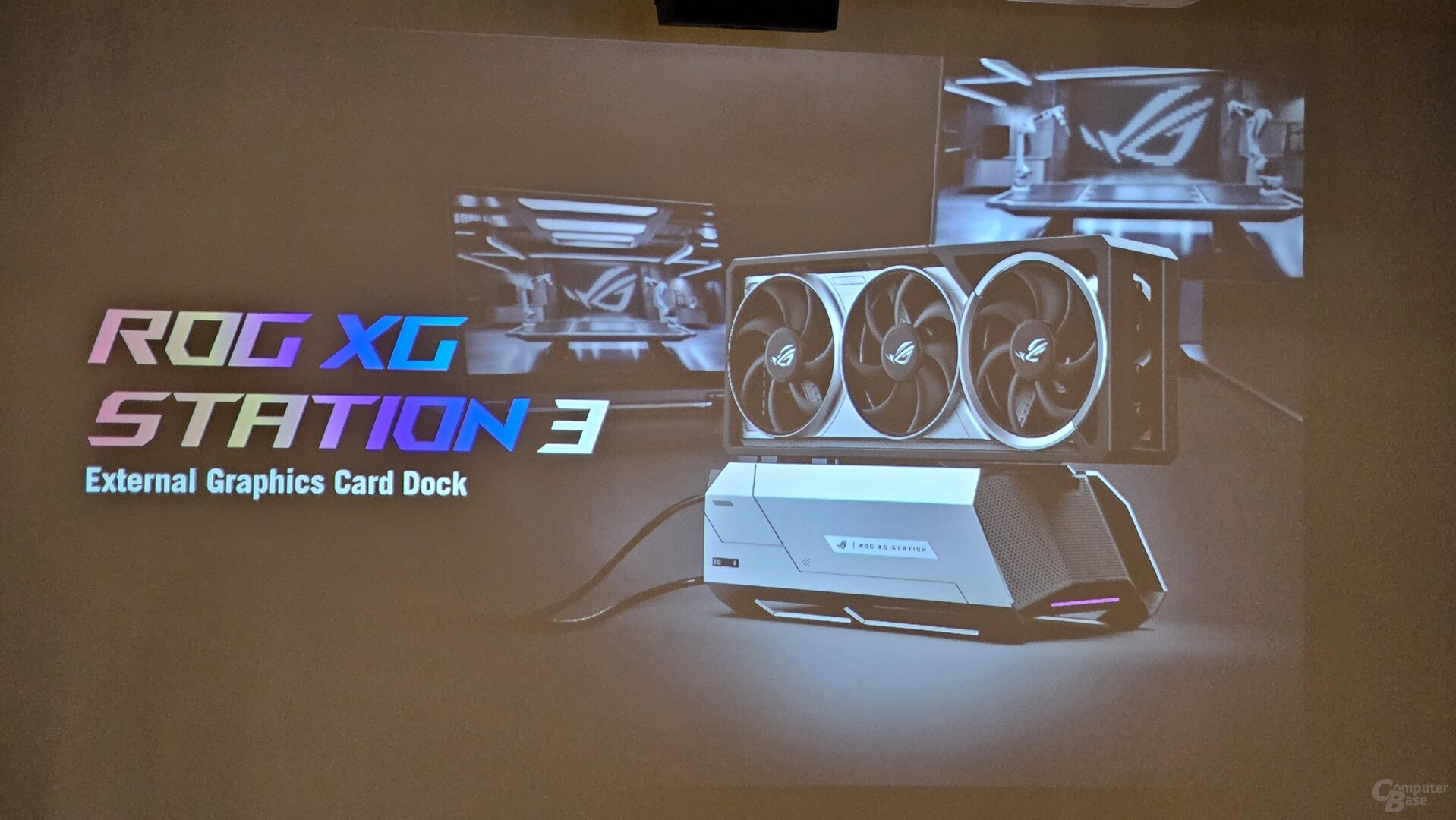 ASUS ROG XG Station 3
ASUS ROG XG Station 3
The desktop GPU is no longer packaged
The key innovation is the design: the ASUS ROG XG Station 3 is no longer an external enclosure for desktop graphics cards, but a base with an integrated power supply and a BTF interface. Thanks to the Thunderbolt 5 connection, the bandwidth restrictions of the first two generations are eliminated. Three USB-C ports with 10 Gbps are also available on the dock.
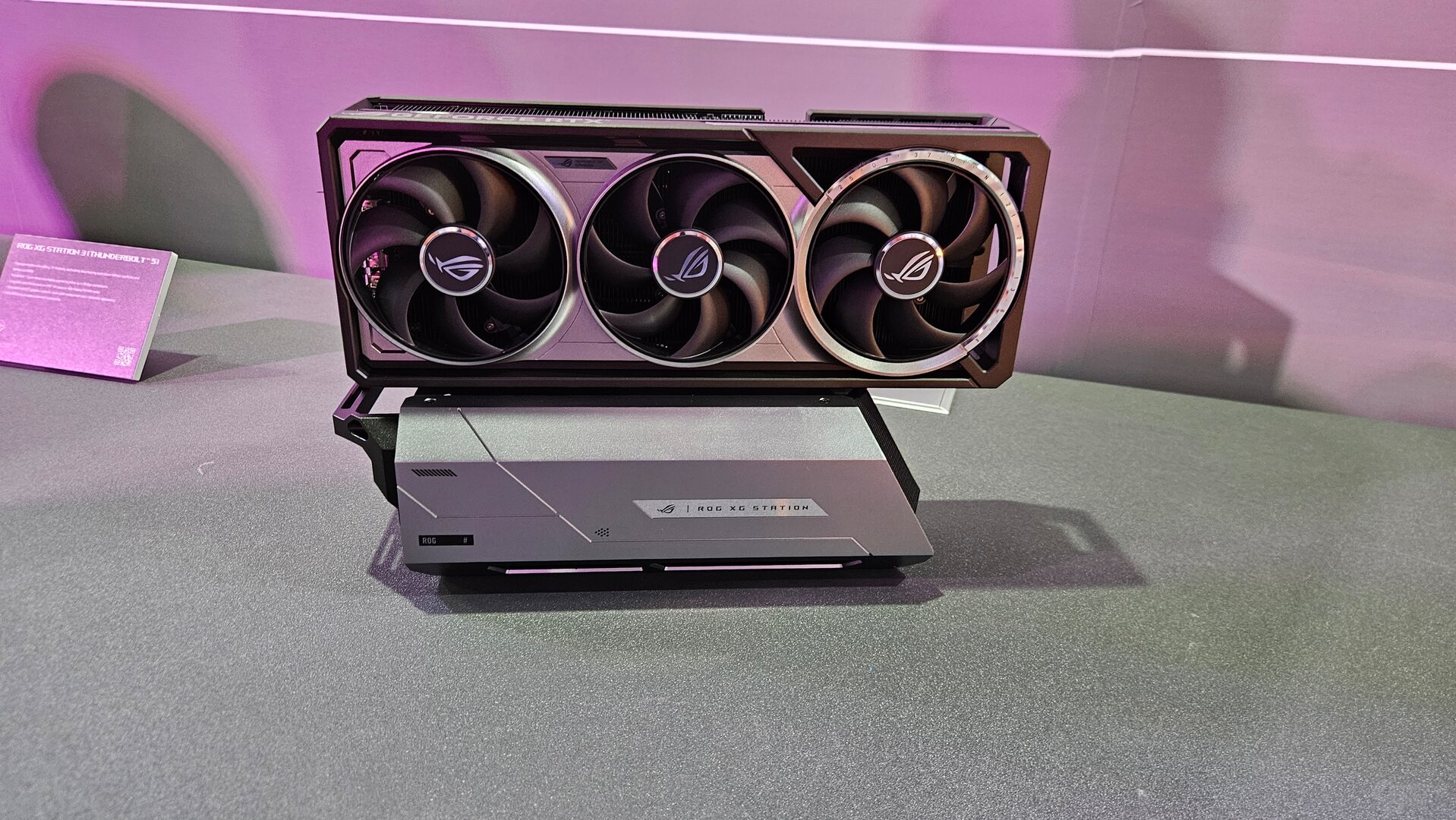
ASUS ROG XG Station 3 Figure 1 of 2
However, users shouldn’t expect the full performance of a graphics card behind Thunderbolt 5. Asus’ benchmarks show a clear performance loss compared to using it directly in the PC, which is also likely due to the TDP restrictions. However, the performance should be significantly higher than with the “comparable” mobile version—but at NVIDIA, it’s also based on a different chip, so it’s not technically comparable apart from the lower TDP.
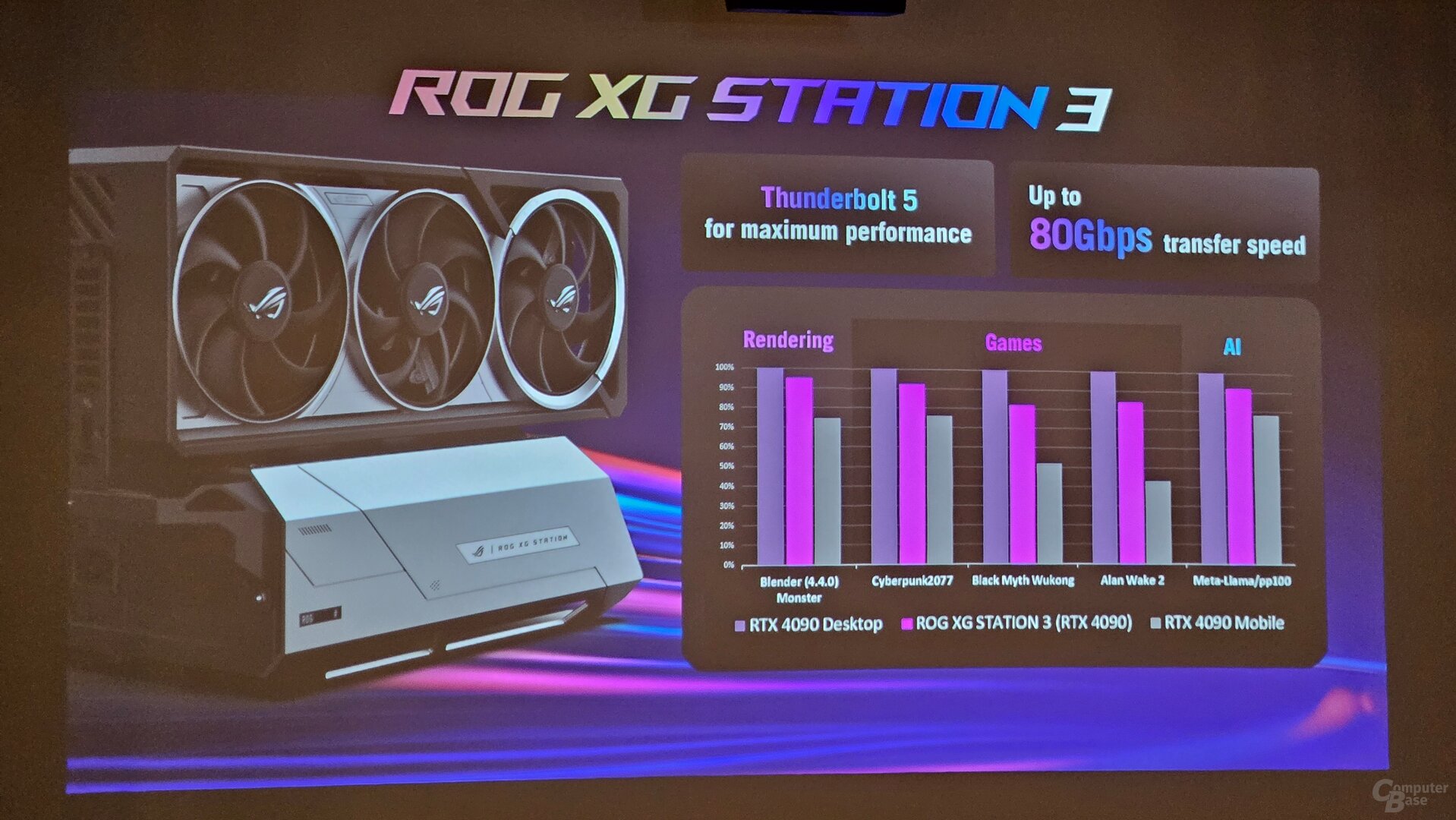 ASUS ROG XG Station 3 – Advantages
ASUS ROG XG Station 3 – Advantages
Predestined for BTF graphics cards
The easiest way to use the new Station 3 XG is with one of the new BTF graphics cards, such as the ASUS GEFORCE RTX 5070 TI TUF Gaming BTF Edition, which is also being presented at Computex. Power is then supplied via the corresponding adapter directly on the underside of the graphics card behind the PCIE slot. Alternatively, operation with more than 12V-2×6 should also be possible.
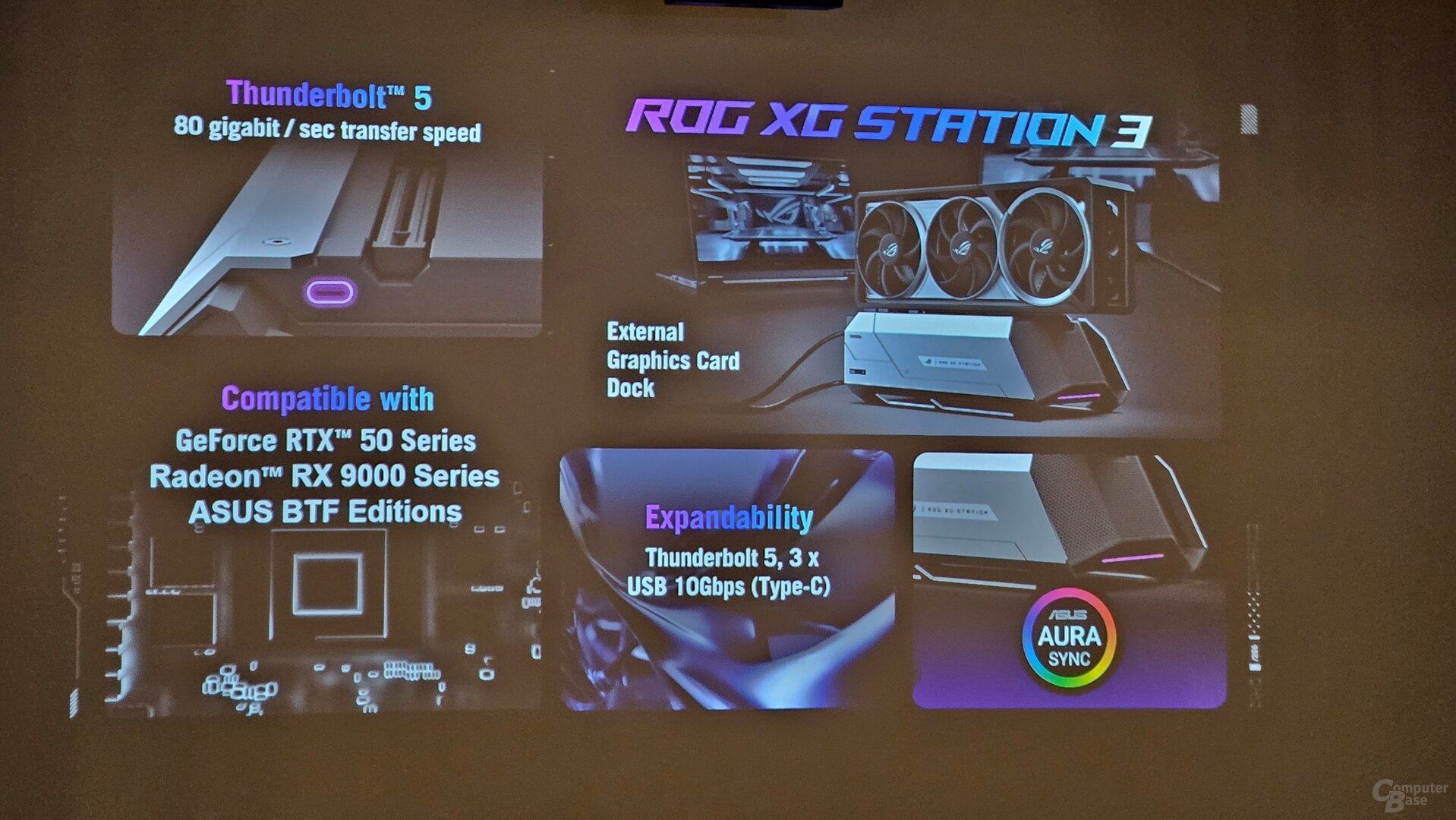 ASUS ROG XG Station 3 – Overview
ASUS ROG XG Station 3 – Overview
Maximum TDP of 300 watts
Although the solution is theoretically compatible with all graphics cards, there are power supply limitations. The SFX model only provides 330 watts, while graphics cards are labeled “300 watts is over.” This is sufficient for consumer-grade cards, but of course not for an RTX 5090. An RTX 5080 or RTX 4090, which also starts at 300 watts, would be possible; the RTX 5090, on the other hand, requires at least 450 watts, although it also operates at a TDP of 400 watts.
With a graphics card below a TDP of 330 watts, a connected laptop can also be fully charged via Thunderbolt, for example. Updated 20.05.2025 04:56 AM
At the ASUS booth at the fair, the editorial team doubled down on the issue, particularly regarding the power supply. A 330-watt power supply is installed in the floor. However, it’s very conventional, so it can be replaced with any other SFX power supply—this one is also available with 1,000 watts and higher and ultimately supports more powerful graphics cards, including an RTX 5090. Then there would be no limitations, Asus told TechAstuce.
A conventional SFX power supply is located at the bottom of the XG 3 Station
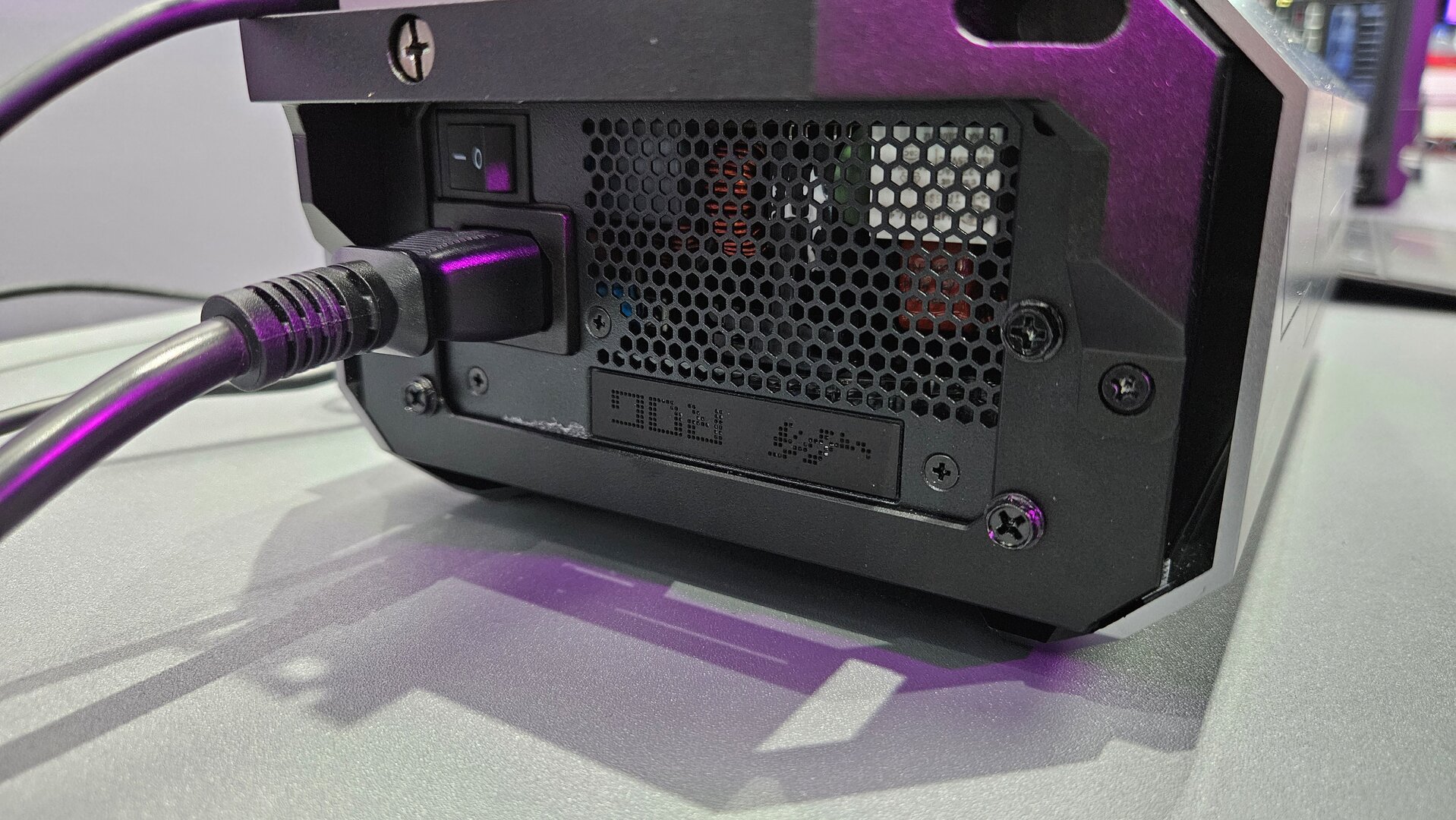 If no BTF card is used, the power cable of the solution plugged in at the top is LED upwards and to the rear. A BTF card is, of course, ideal, Asus explained with a wink. Techastuce received information about this article from ASUS at Computex 2025 in Taipei, Taiwan, under an NDA. There was no manufacturer influence or obligation to report. The only requirement was to publish it as soon as possible.
If no BTF card is used, the power cable of the solution plugged in at the top is LED upwards and to the rear. A BTF card is, of course, ideal, Asus explained with a wink. Techastuce received information about this article from ASUS at Computex 2025 in Taipei, Taiwan, under an NDA. There was no manufacturer influence or obligation to report. The only requirement was to publish it as soon as possible.
Topics: Asus graphics cards, Computex 2025

An engineer by training, Alexandre shares his knowledge on GPU performance for gaming and creation.
